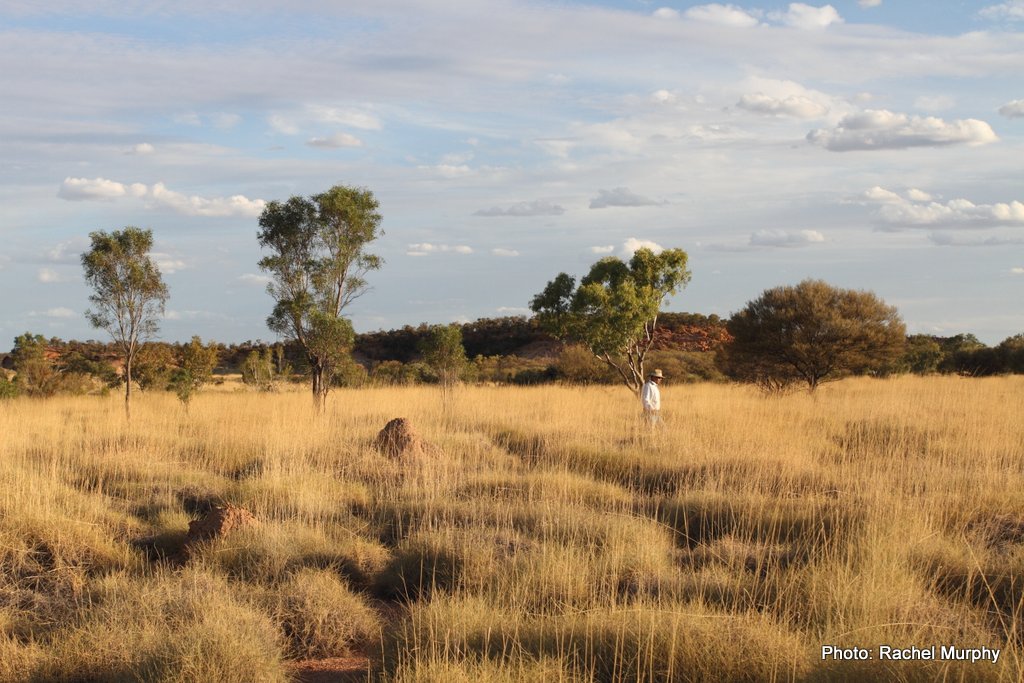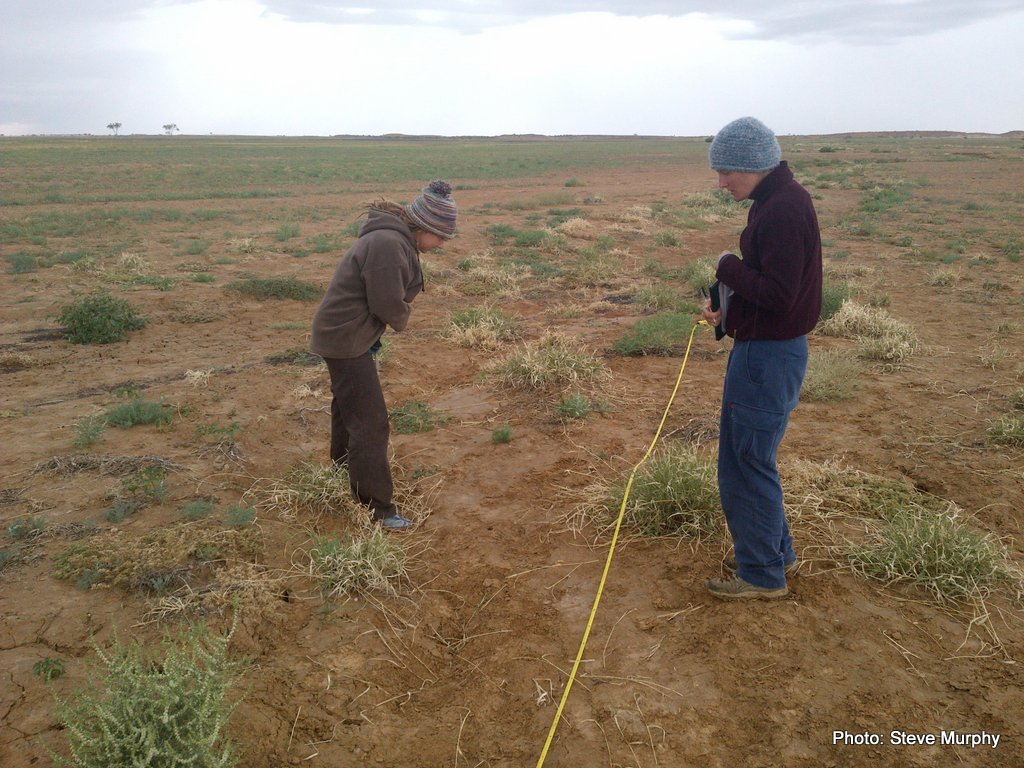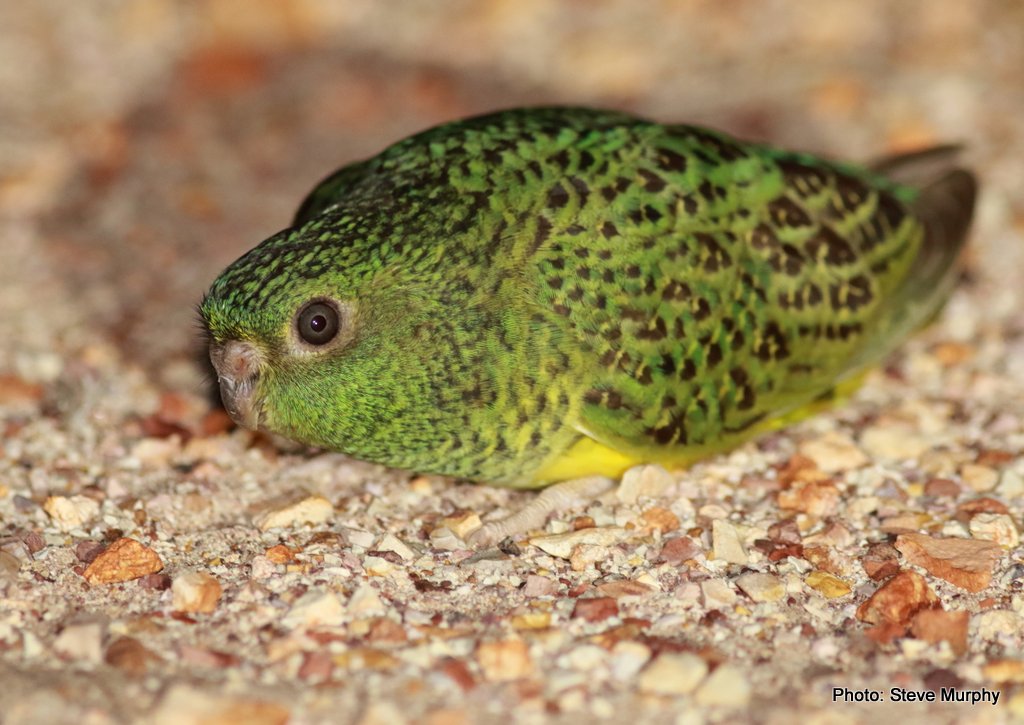Mystery
In 2012, the Smithsonian Magazine published a list of the world’s five most mysterious birds. Among those on the list was New Zealand’s Kakapo (Strigops habroptilus); a uniquely flightless and lek breeding parrot that is steadily clawing its way back from the edge of extinction thanks to an intensive captive breeding program. Another species on the list was Palila (Loxioides bailleui). One of a number of critically endangered Hawaiain honeycreepers, Palila feed almost exclusively on seeds of the Māmane pea plant (Sophora chrysophylla) that are lethally toxic to other small animals, but upon which Palila mysteriously thrive. At the top of the Smithsonian list was Australia’s endemic Night Parrot (Pezoporus occidentalis). With a history of disappearance, unconfirmed glimpses and serendipitous rediscovery, and practically nothing known about its biology, this yeti-like avian enigma was a fitting choice.
History
The last intentionally collected Night Parrot specimen was in 1912 in Western Australia. Over the following 78 years there were no confirmed sightings, leading many authorities to believe that the species had become extinct. And this wasn’t for lack of searching. Numerous systematic surveys by state agencies, and countless informal surveys by birdwatchers failed to turn up even a hint that the bird still survived. But in 1990, miraculously, three professional museum-based ornithologists made a random stop on a highway miles from anywhere between two tiny outback Queensland towns. And there, at their feet, was the body of a Night Parrot . This sparked an intense period of nationwide surveying, propped up by a $25,000 reward paid to the museum by Australian entrepreneur, Dick Smith. But despite these efforts, not a trace could be found which left people scratching their heads about what else could be done to find a population. Incredibly, more head scratching occurred in 2006 when yet another freshly deceased body was found by a national parks ranger under an old stock fence, also in Queensland.
The year before, in 2005, two wildlife biologists conducting an environmental impact assessment of an iron ore mining development in Western Australia reported three Night Parrots coming in to drink . Being nationally listed as Endangered meant this triggered federal government involvement to make sure any potential impacts were mitigated. The outcome of the negotiations between the government and the company (Fortescue Metals Group) was a $1 million research budget designed to better understand the species’ ecology and ultimately find more populations. But without a place to study Night Parrots, this seemed like a daunting, if not impossible task.
The breakthrough came in 2013 when amateur naturalist John Young obtained the first photographs and video of a living Night Parrot by following up the leads left from the earlier Queensland specimens. But the find was not without controversy. Previously, Young had been embroiled in a nation-wide ornithological scandal over his photographs of a fig parrot (Cyclopsitta spp.) that he claimed showed an undescribed species but that many believed were fake. Afterwards, Young turned his attention towards finding Night Parrots. Understandably, the initial response to his Night Parrot photographs was sceptical, although this was short-lived. Right there, for the first time ever, were indisputable authentic images of Australia’s inland fugitive.
As incredible as it was to see a living Night Parrot in a photo, more exciting was that Young had found the second only place ever recorded in European history where Night Parrots could be repeatedly and reliably detected. The first place was the Gawler Ranges in South Australia between 1871 and 1881, where Frederick Andrews collected most of his 19 Night Parrot specimens (there are only 25 specimens known to exist ) and made some brief, but tantalizing comments about the species’ natural history. Despite once being relatively common, it seems Night Parrots have now disappeared from this region; since Andrews’ time, the ranges have been invaded by introduced Goats (Caprus hircus), House Cats (Felis catus), European Foxes (Vulpes vulpes) and European Rabbits (Oryctolagus cuniculus), and faces the additional challenge of over-abundant native kangaroo species probably thanks to the removal of their top-order predator, the Dingo (Canis lupus dingo). The 2013 Night Parrot discovery in Queensland thus presented a rare and important opportunity to conduct systematic research on Night Parrots, funded by the pre-existing research budget.
Research
The project started in August 2013 and will run until December 2016. It has been focussing on an integrated set of objectives designed to find more parrots, and manage their habitats and threats.


Chief among research priorities has been to use the population to test survey methods. The idea was to use off-the-shelf technologies that could be used by anyone with a modicum of training. The upshot of over 15,000 camera trap nights and tens-of-thousands of audio recordings is that acoustic surveys using autonomous recording units, coupled with automatic computer algorithms for scanning, is a reliable way to detect and monitor Night Parrots. One of the great advantages of this species’ nocturnality and predilection for arid environments is that Night Parrots normally call at places and times when there are practically no other sounds. This makes searching for their calls in automated recordings relatively easy compared to environments with more bird, frog or insect chatter. One of the key findings to emerge from long-term deployments of these sound recorders through both dry and wet times is that Night Parrots have remained at the site the entire time. This contradicts earlier assumptions that individuals moves over vast distances following seasonal conditions, as many other arid zone birds tend to do.
A better understanding of critical habitats has also been the focus of much research effort over the past three years. Prior to this study, anecdotal reports and descriptions of collection sites identified spinifex grass Triodia spp and/or chenopod dominated systems as important habitats. The trouble with this description, though, is that a vegetation map showing only these two broad habitat types slaps colour over most of Australia’s vast inland and therefore offers little guidance on where to search for, and ultimately manage, new Night Parrot populations.

A better understanding of habitat use and movements was clearly a high priority, and thanks to modern telemetry our knowledge has increased significantly. In 2015 a female Night Parrot was captured and fitted with a tiny 0.42g radio tag, which provided insights into the scale of movements and the broad habitat types it used. Additionally, this tracking session provided logistical guidance for our more recent tracking session that involved a male fitted with a sophisticated GPS tag.
Weighing less than two grams and sporting a mere 700 seconds of battery life, the GPS tag was programmed to acquire location fixes in two, two-hour sessions for five consecutive nights. It was eventually recovered by recapturing the bird 15 days after deployment and revealed a glorious 127 accurate GPS locations in a mix of clusters and individual points, spread over a surprisingly wide area; a pattern that was also suggested by the previous year’s work using the radio tag. The information that has emerged from those 5 nights of GPS fixes is among the most important ecological data ever collected about Night Parrots. It revealed unsuspected feeding habitats on river floodplains and on stony, barren surfaces. It showed that the species does drink at water, corroborating the observations of F.W. Andrews from in the 1800s.

The GPS tag also proved that the species is capable of making relatively large nightly movements; indeed, the minimum distance the bird covered on one night was over 40km.
Conservation
The population discovered by Young is located on a beef cattle property within the "Channel Country" of western Queensland. Rivers in this part of Australia don’t run along single watercourses, but instead drain catchments via a series of intricately braided channels (hence the name). Although mostly an arid system, the size of the Channel Country catchment means that heavy rainfall hundreds of kilometres away can produce significant flooding and a burst of productivity. It’s this productivity that drives an economically important beef cattle industry that turns out between 0.5-1 million cattle each year. Indeed, it has been estimated that a single flood in this region can produce $150 million worth of beef.
From the outset it was decided that the best solution to conserve the newly discovered population of Night Parrots would be one that was integrated and compatible with the beef production values of the property and the region. It was necessary to demonstrate to the local community of beef producers that having Night Parrots on their property would not result in them losing their farms through outright acquisition, compulsory or otherwise. Given the history of unconfirmed Night Parrot sightings in western Queensland, plus the 1990 and 2006 specimens, it was considered likely that other Night Parrots would be found on other cattle properties in the region. The last thing we wanted was for farmers to become (understandably) hostile to the recovery effort – saying no to surveys, and perhaps more importantly, no to the application of any conservation management strategies should Night Parrots be discovered. We needed this recovery effort to be harmonious. We needed it to become an example for the community of how conservation and farming could work together.
The final decision about what to do was left entirely up to the farmer and his family. The two main models put on the table were stewardship payments (whereby he would retain all of his property and be paid to manage that portion of his land where the parrots occurred), and subdivision and sale to either the Queensland Government or a not-for-profit organisation. Ultimately it was the latter that the farmer preferred. By his own admission, his lot in life is to make money out of grazing cattle, and he didn’t want the responsibility of looking after such a rare and high profile species. The not-for-profit conservation organisation Bush Heritage Australia was chosen as the preferred organisation, partly because they already had other properties in the region, and partly because of their track record working with farmers in Tasmania to achieve good outcomes for conservation. Moves to subdivide (which is not a common practice in farming districts in Queensland because the resulting smaller properties can often be economically unviable) was supported by the Queensland Government, and the new property – named Pullen Pullen, after the local Aboriginal word for Night Parrots – was declared in early 2016.
Future
So, where to now? The acute ache of loss via extinction is familiar to many Australians who care about the natural world. In the 228 years since British colonisation, Australia has lost 27 native mammal taxa; more than anywhere else on earth. Most of these losses were from the arid interior – the same region that used to support widespread Night Parrot populations – despite extremely low human population density and practically no readily observable impacts like the clearing of natural habitats for agriculture. There was no single agent that caused these extinctions. Instead, a suite of factors, including introduced herbivores and carnivores, and changes to fire regimes after Aboriginal people were removed from their traditional lands, interacted in a most potent and devastating way.
One of the most poignant examples of extinction in central Australia involves an ochre-coloured, rabbit-sized marsupial – the Desert Rat Kangaroo Caloprymnus campestris. Originally described in the 1840s, it was "lost" to science for 90 years until its rediscovery in far north-eastern South Australia in 1931. In late 1931, scientist Hedley Herbert Finlayson, together with Aboriginal assistants, spent a few days studying Caloprymnus in life, collecting basic biological information and taking the first and only photographs of the living animal . But that was all anyone was to ever learn about the ecology of Caloprymnus, for the last authentic report of the species was in 1935.
The situation we find ourselves in now with Night Parrots is eerily, and perhaps worryingly similar to the Caloprymnus story. For both species we have a few photos and some important but basic ecological information, and their rediscovery was roughly in the same region of central Australia. Also, both are medium-sized and mostly ground-dwelling. If at first this seems like an insignificant, coincidental similarity, consider that most other arid zone Australian mammals of similar size are either extinct or seriously endangered. Indeed, this phenomenon has spawned a widely recognised and menacing term commonly used by Australian ecologists – "critical weight range".
The final chapter in the history of Caloprymnus saw it slipping quietly into extinction, whereas the next chapter for Night Parrots is currently being written. The most significant difference between the two histories is that, thanks to Bush Heritage Australia, we now have 56,000ha of Night Parrot habitat set aside in a conservation reserve – Pullen Pullen – specifically dedicated to ensuring the on-going survival of the species. But it is important to realise that the declaration of the reserve does not itself guarantee a safe future. That work has only just begun. A pulse of productivity, of the kind that has driven booming cattle production in the past, could also result in a boom of feral cat numbers, and this could conceivably spell the end for Night Parrots on Pullen Pullen. A similar event occurred elsewhere in the Channel Country in 2011-12 when feral cats reached plague proportions and seriously threatened Queensland’s last remaining wild population of Greater Bilbies (Macrotis lagotis). Were it not for the outstanding response of the Parks and Wildlife Service (who removed over 3000 feral cats from two adjoining National Parks over two years at a cost of $350,000) free-ranging Bilbies in Queensland may now be relegated to history.
Lessons from Caloprymnus and Bilbies teaches us that remnant free-ranging populations of vulnerable species need intensive and costly management interventions if we are to save them. Bush Heritage Australia is poised to react should their monitoring suggest an increase in the threat to Night Parrots by feral cats, or indeed other threats, such as uncontrolled fire or illegal wildlife trafficking. But their success in mitigating against these threats is only possible with ongoing donations and support from everyday members of the public.

 Zoology
Zoology
Responses